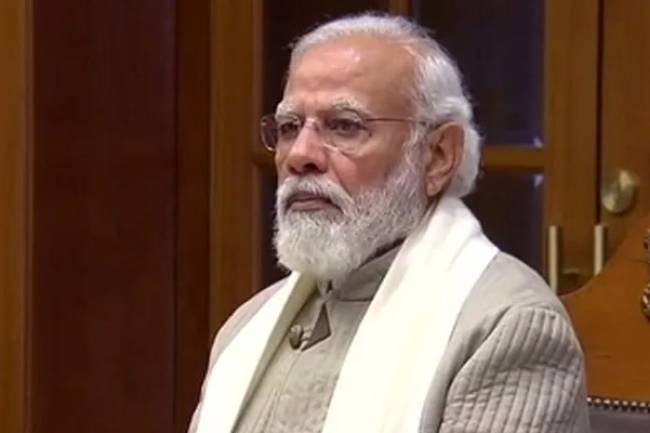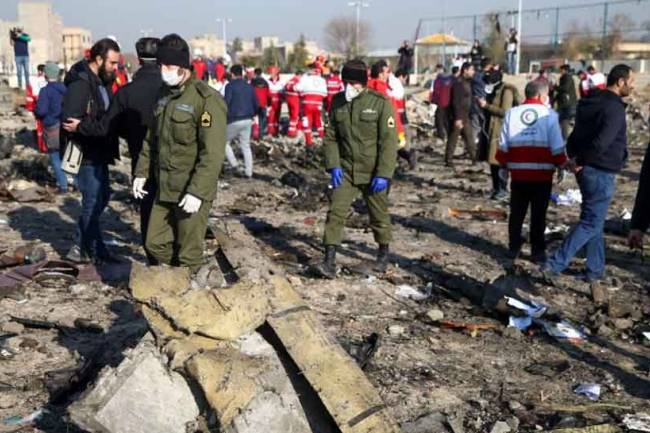
Explained: Reasons why the Indian Air Force is still flying MiG-21 Bison despite multiple crashes?
While India should have retired MiG-21 long ago, the IAF has its own reasons for flying the MiG-21 fighter jets and we try to decode reasons why IAF is still operating the MiG-21 aircrafts?
The Indian Air Force is among the strongest and most advanced military forces in the world. Yet, multiple crashes involving the ageing MiG-21 fighter jets put the IAF in a bad light. Despite having more advanced planes like Sukhoi Su-30MKI, Rafale and India-made Tejas LCA, the Indian Air Force continues to fly the Soviet-made MiG-21. In 2012, former Defence Minister AK Antony had said in Parliament that more than half of the 872 MiG aircraft purchased from Russia had crashed, in which, more than 200 persons, including 171 pilots, 39 civilians and eight other services’ people had lost their lives.
This has led to many speculations on why the Indian Air Force is still using the MiG-21, which is being often termed as ‘Flying Coffin’ or ‘Widow Maker’ by critics. While India should have retired MiG-21 long ago, the IAF has its own reasons of still operating the fighter jet. We try to decode top reasons why MiG-21 is still operational in the IAF and what are the alternatives?
Fighter aircraft shortage
One of the primary reasons why IAF is still flying the MiG-21 is due to the aircraft shortage with the force. Experts believe that despite inducting Tejas LCA and Rafael, the entire weight of IAF is on MiG-21 as a primary fighter jet in the force. The IAF has 32 squadrons as of now, while an estimated 42 squadrons are required as per the IAF to handle a combined threat from China and Pakistan.
Out of these 32 squadrons, the old-gen aircrafts like MiG-21, Jaguar and Mirage form majority of units and retiring them now will create an acute shortage of aircrafts. As per various reports, China’s Western Command has close to 200 fighter aircrafts, while Pakistan has roughly 350 fighter jets. To counter the threat, it’s essential to have a minimum number of squadrons active, and only MiG-21 has 7 active squadrons, 4 of which will be phased out by 2025
Not the old aircraft
Technically speaking, the present variant of MiG-21, called MiG-21 Bison is an advanced version of the aircrafts procured in 1963. It is a much- upgraded version and also safer, with the latest avionics and armament carrying capacity. The primary reason for so many MiG-21 crashes is not the dated aircrafts but a variety of factors, primary being the number so sorties performed in the MiG-21.
As per reports, IAF performs the maximum number of sorties in the MiG-21, which also serves as a trainer aircraft for budding IAF pilots. This leads to more MiG-21 crashes than any other aircraft. It also makes sense for the IAF to deploy MiG-21 for training exercises as the MiG-21 is in its final years of deployment and other aircrafts are too expensive to be used for training purposes.
Slow Tejas delivery
In order to replace the ageing MiG-21 and focus on India-made defence equipment, the government, back in the early 1980s, established the Tejas LCA (Light combat aircraft) programme. Govt established ADA, that awarded the contract to HAL and throughout the 90s, the plane was developed and manufactured. The Tejas LCA took its maiden flight in 2001.
However, the first squadron with Tejas LCA Mk1 was made active only in 2016, after the IOC was given by the IAF. Since then, the IAF has inducted almost 30 aircrafts from an order of 123 aircrafts. This essentially form only 2 squadrons, while IAF is still waiting for 90+ aircrafts. This delayed delivery ensured that MiG-21 got an extension of service with the IAF.
Reduced Rafale squadron
The Dassault-made Rafale French fighter jet is the most advanced aircraft with the Indian Air Force and is the only 4.5 gen plane with the IAF. Although it’s not a replacement for MiG-21, as it’s more expensive and has different operational capabilities, but experts believe induction of 126 Rafale could have helped in the timely retirement of MiG-21 planes.
The govt initially placed an order of 126 MMRCA, but only 36 Rafale aircraft were procured under emergency orders. Although this has helped India to obtain an edge over the Chinese misadventures, the number of squadrons came down from 7 to 2, putting additional burden on the IAF to let MiG-21 fly.
























